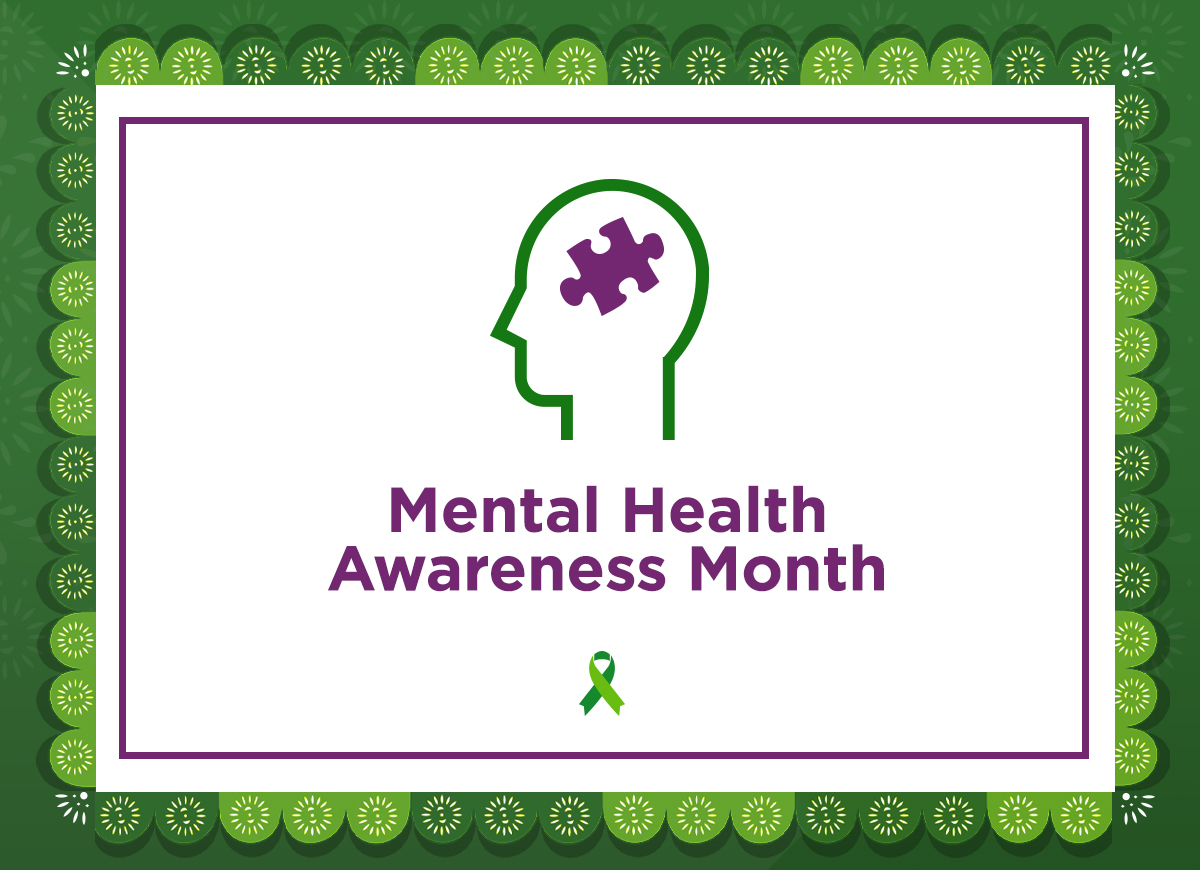What is it, and how do you get support?

In families all over the country, people are diagnosed with Attention-Deficit/Hyperactivity Disorder (ADHD). Children with ADHD may have trouble paying attention, controlling impulsive behaviors, acting without thinking about the result, or being overly active. According to the Center for Disease Control (CDC), ADHD is one of the “most common neurodevelopmental disorders of childhood.” Children who are diagnosed with ADHD have the disorder through adulthood.
While this information can be overwhelming, there is a wealth of resources available to families navigating ADHD. Taking the first step towards seeking help involves recognizing and understanding the signs within yourself or your child.
Signs and Symptoms
CDC describes that “children with ADHD may have trouble paying attention, controlling impulsive behaviors (they may act without thinking about what the result may be), or be overly active.” Many children have trouble with focusing and behaving from time to time. But, children with ADHD don’t just grow out of these behaviors, often the symptoms continue, and can get more severe. This can cause difficulty at school, home, or with friends.
A child with ADHD might:
- Daydream often
- Forget or lose things
- Squirm or fidgeting
- Talk too much
- Make careless mistakes or take unnecessary risks
- Have a hard time resisting temptation
- Have trouble taking turns
- Have difficulty getting along with others
ADHD looks different depending on the individual's predominant symptoms, and can be presented in 3 typical ways. Depending on which types of symptoms are strongest, in the individual:
- Predominantly Inattentive Presentation: It is hard for the individual to organize or finish a task, to pay attention to details, or to follow instructions or conversations. The person is easily distracted or forgets details of daily routines.
- Predominantly Hyperactive-Impulsive Presentation: The person fidgets and talks a lot. It is hard to sit still for long (e.g., for a meal or while doing homework). Smaller children may run, jump or climb constantly. The individual feels restless and has trouble with impulsivity. Someone who is impulsive may interrupt others a lot, grab things from people, or speak at inappropriate times. It is hard for the person to wait their turn or listen to directions. A person with impulsiveness may have more accidents and injuries than others.
- Combined Presentation: Symptoms of the above two types are equally present in the person.
Resources
If you have observed these signs and symptoms in yourself or your child, it is important to remember that only a certified doctor can provide a diagnosis for this disorder. If you’re not sure where to go next, there are resources for you.
The organization, Children and Adults with Attention-Deficit/Hyperactivity Disorder (CHADD) has resources for those who have ADHD and those who care for a person diagnosed with ADHD. One of the most important ways to gain support when caring for a person diagnosed with ADHD, or having it yourself, is finding a community of support. CHADD can do this for you, from support groups to ADHD professionals in your area.
The Center for Disease Control has information and resources for each state. They have data, resources and state policies. You’ll get comprehensive information about policies and medication treatment for yourself or your child.


